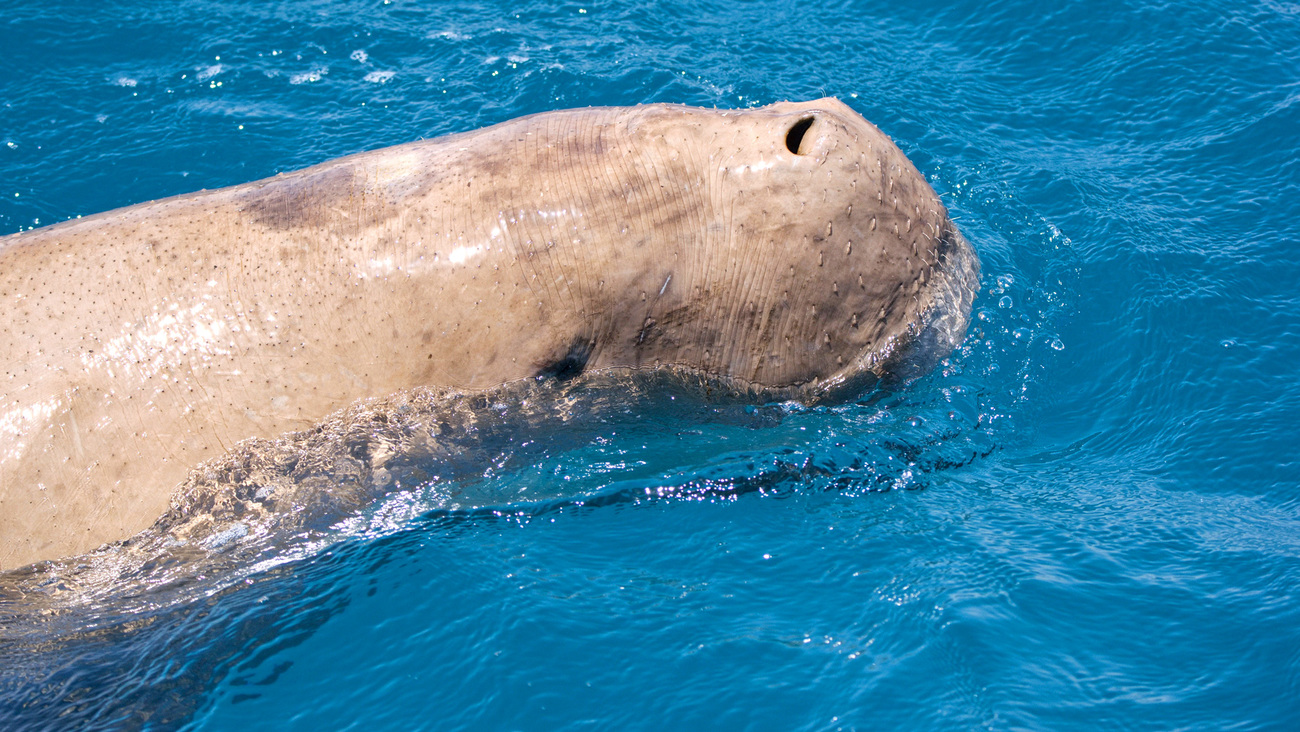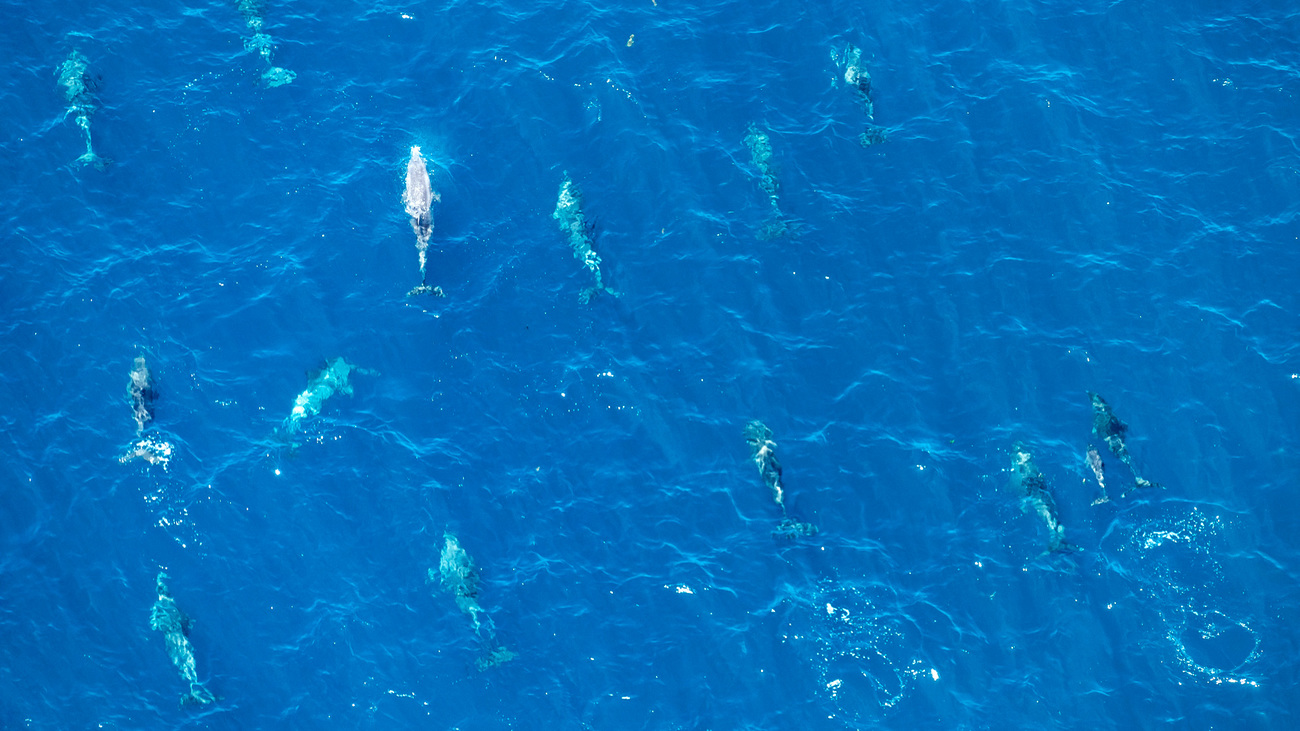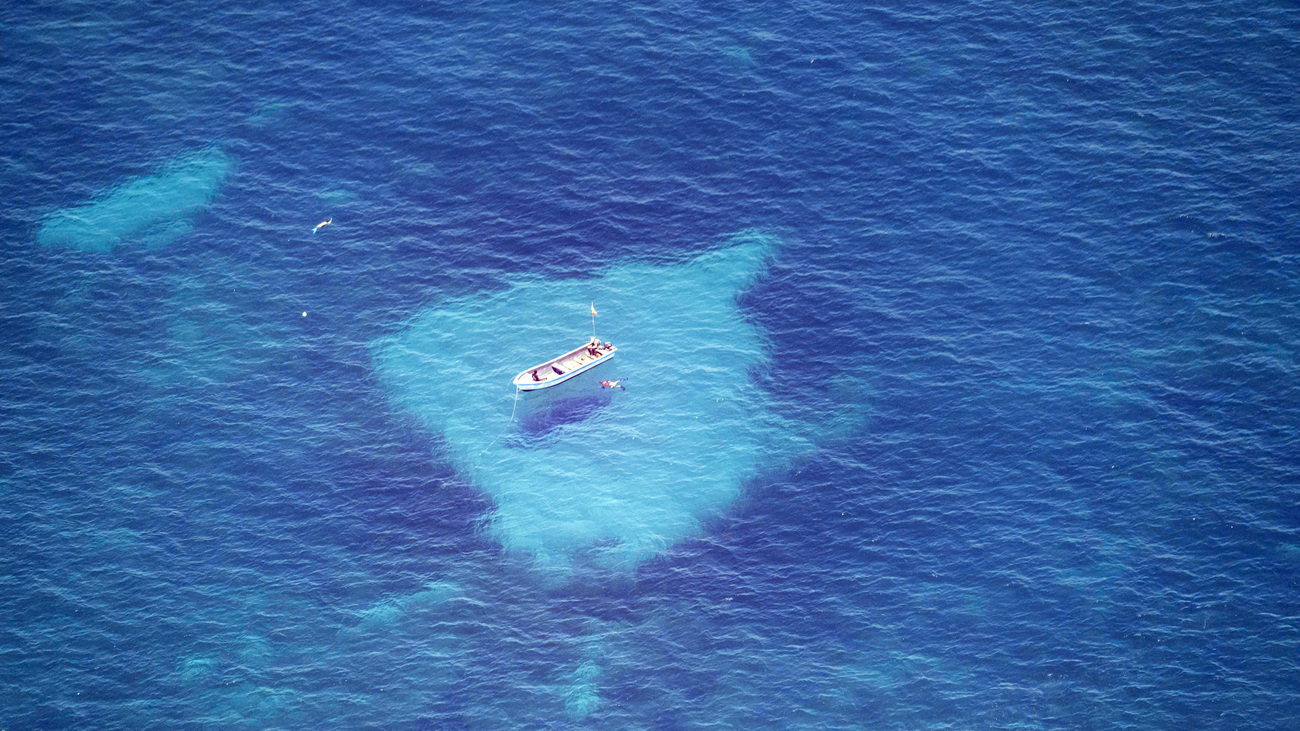Lillian Mulupi
Kenya’s Lamu Port can balance economic development and environmental protection
Kenya’s Lamu Port can balance economic development and environmental protection
Lamu Port, the centerpiece of an ambitious regional maritime and terrestrial transport corridor, will join Kenya, South Sudan, and Ethiopia at the hip, cementing relationships born of shared ecosystems and economic, political, and cultural history.
When fully operational, Lamu Port will serve over 160 million people in East Africa. It will be a pillar of national and regional economies, enhancing maritime trade, enabling the export of petroleum and agricultural produce, and creating thousands of jobs along the Lamu Port–South Sudan–Ethiopia Transport (LAPSSET) Corridor.

However, without a sound policy framework and strong institutional capacity, this transformative infrastructure project could disrupt the lives of thousands of Lamu residents who depend on a fragile marine ecosystem for food and livelihood.
Comprised of Manda, Lamu, Pate, and Kiwayu islands, which sit within the Kiunga Marine National Reserve, the Lamu Archipelago is a UNESCO Biosphere Reserve and World Heritage Site, underscoring its great ecological and cultural significance.
Marine populations in decline
Fishing, a key sector of the Lamu economy that supports an estimated 75% of the island’s population of 25,000, is on the decline. Local fishers have recorded diminishing harvests in recent years due to habitat destruction and overfishing—mainly by foreign trawlers. This is a worrying indicator of dwindling biodiversity, a decline that threatens the food security, livelihoods, and economic well-being of thousands of households.
Kenya’s marine waters host more than 35 species of marine mammals, five species of marine turtles—all listed as endangered or critically endangered—and 105 species of bony fishes, including sharks and rays.

Researchers have observed a decline in their populations. For instance, while seeing as many as 500 dugongs was commonplace in the 1960s, today, one would be lucky to observe five in Kenya’s coastal waters. Massive soil erosion and inshore silt loads resulting from sand mining are destroying seagrass beds upon which dugongs and turtles feed. Equally affected are sharks and rays, whose decline is attributed to overfishing and rising global demand for shark products such as fins, meat, skin, cartilage, gill plates, and liver.
Preventing further degradation
These threats to biodiversity and community livelihoods could spike when the Lamu Port, which is projected to become one of the largest ports in Africa, comes to fruition. How, then, do we ensure that dredging and other port construction works do not choke up the mangroves and coral reefs that act as barriers against storms, provide food, and sustain livelihoods through fishing and tourism? How will we prevent maritime traffic from increasing ocean noise, pollution, and marine litter? How will we minimise greenhouse gas emissions from shipping activity and the risk of invasive species?
The Lamu Port is also destined to have an oil terminal for the export of crude oil, refined oil, and oil products. But do we have the capacity to manage oil spills should they arise to protect marine biodiversity, including mangroves? These are fish breeding grounds that provide immeasurable social, economic, and ecosystem services to the people of Lamu.

These questions underscore the urgent need to finalise the enactment and amendment of marine environment protection laws so that we can consolidate authority and remove policy overlaps in the protection and management of marine ecosystems. Furthermore, we need to strengthen the capacity of relevant state agencies to rehabilitate damaged marine habitats and bolster inter-agency collaboration to prevent, prepare for, and respond to environmental threats.
How to support development while protecting the environment
Now is the time to invest in the science and technology to monitor current and emerging threats to marine life; build the infrastructure to manage waste and handle hazardous cargo; develop a national oil spillage contingency plan; and implement programmes that address marine litter, noise pollution, and greenhouse gas emissions.
These challenges are not unique to Kenya. Across Africa, mega infrastructure development projects such as the Lamu Port are inevitable and on the rise: they aim to move millions of people and tonnes of goods, create jobs, and spur economic growth to meet the needs of increasing human populations.
The dilemma of balancing economic development, environmental protection, and the sustainability needs of communities is one that planners and policymakers in developing nations such as Kenya must tackle with great urgency.
Related content
every problem has a solution, every solution needs support.
The problems we face are urgent, complicated, and resistant to change. Real solutions demand creativity, hard work, and involvement from people like you.